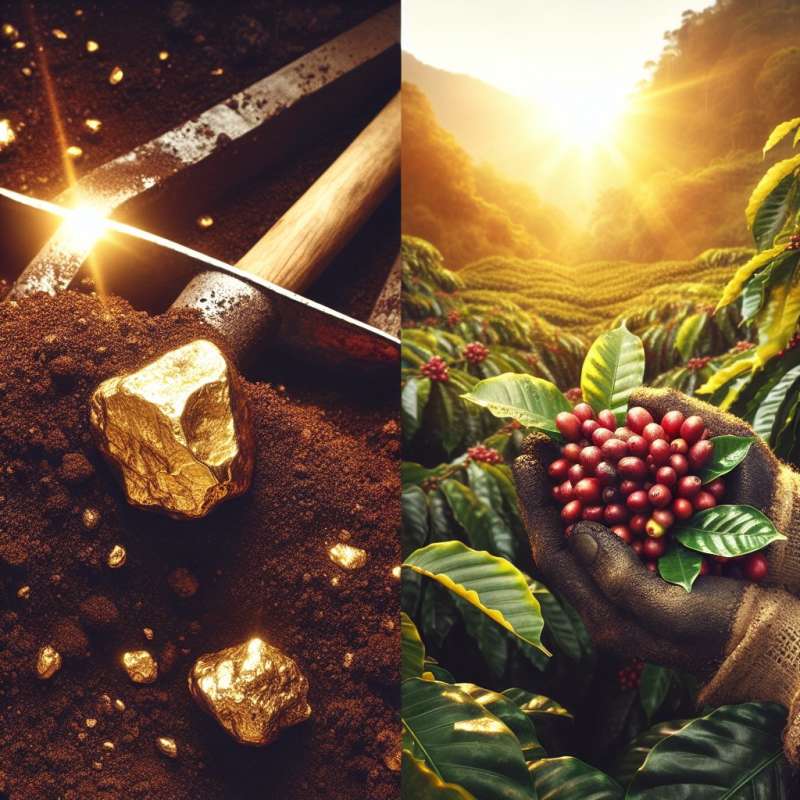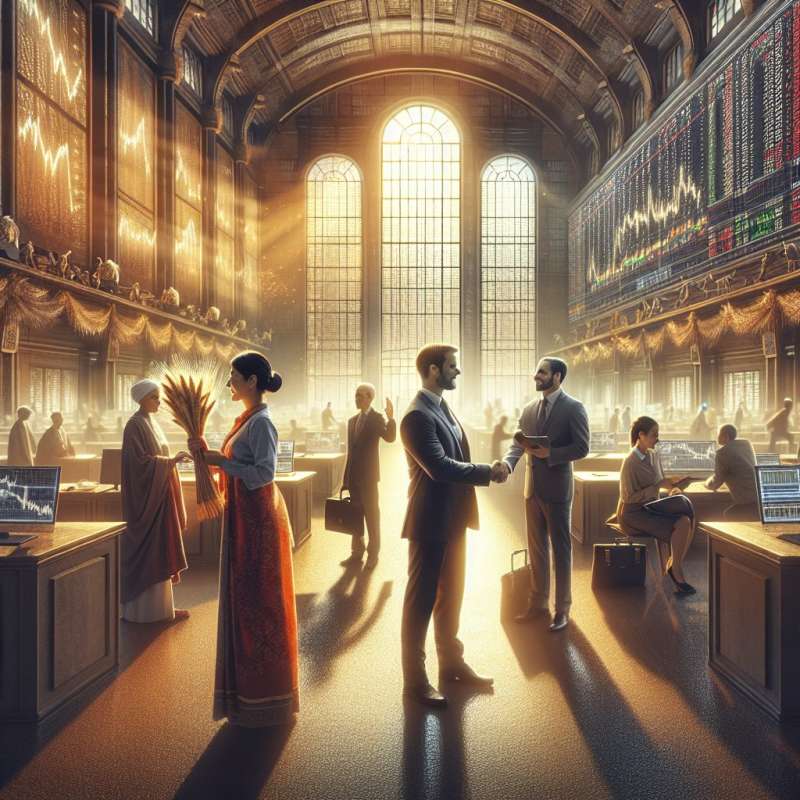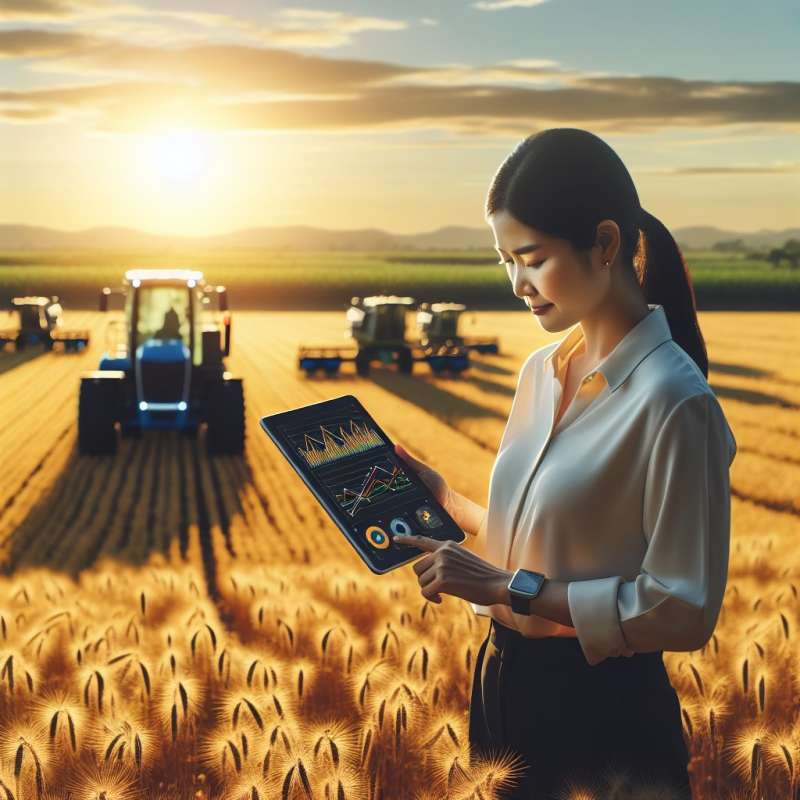
Commodities: An Introduction
Commodities are raw materials or agricultural products that can be bought and sold. Examples include oil, grain, and metals. They form the building blocks of the global economy and are traded on dedicated exchanges.
Commodities Market History
Did you know? The commodities market is ancient, dating back to 4500 BC. Sumerians used clay tokens as a form of credit for sheep, wheat, and other items, essentially creating the first commodity futures agreements.
Types of Commodities
Commodities are typically divided into two types: hard and soft. Hard commodities are mined or extracted (gold, oil). Soft commodities are agricultural products or livestock (coffee, sugar).
Commodity Market Players
The commodity market includes several players - producers, buyers, speculators, and investors. Each has a different role, from production to setting prices and managing risks through futures contracts.
Commodities and Inflation
Commodities often serve as an inflation hedge. During periods of high inflation, commodity prices tend to rise, which can protect investors' purchasing power. This is due to their tangible nature and essential demand.
Impact of Technology
Technological advancements profoundly impact commodities. Precision farming has boosted crop yields, while fracking technology revolutionized the oil industry, reshaping global supply and demand patterns.
Fascinating Commodity Facts
In the 17th century, tulips were more valuable than gold in Holland, leading to 'Tulip Mania'. Additionally, China consumes over half of the world's pork, and India is the largest consumer of gold for jewelry.
What are commodities?
Exclusive luxury goods
Raw materials, agricultural products
Digital currencies like Bitcoin
Company